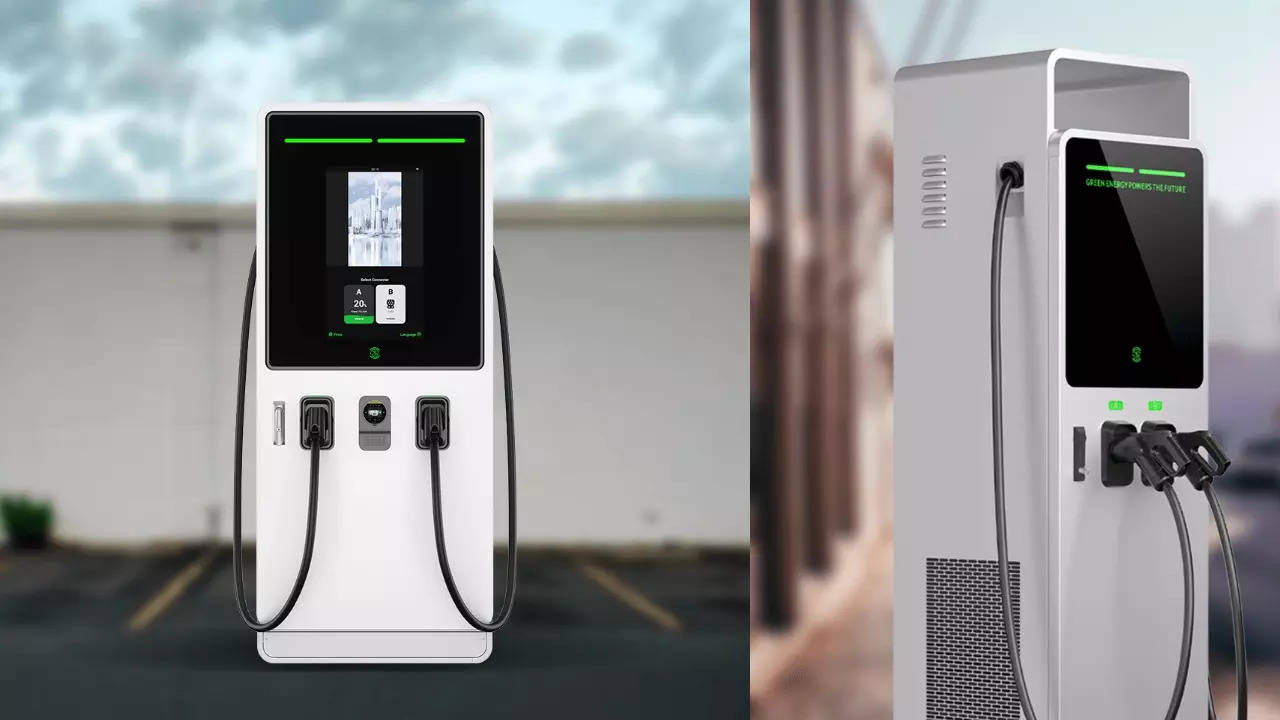Balancing the load on the power grid is also a concern, as a high concentration of charging points in specific areas could strain local electrical systems.
In an interaction with TOI Auto, Akshay Shashi Kumar, CEO, 82Volt Technologies, talks about the company’s expansion plans, investment breakups, and the challenges faced. Here are the edited excerpts.
The EV adoption in India faces lack of charging infra as one of its biggest challenges today, what are your plans to address this challenge?
82Volt is a charging tech company that is contributing to building a robust 4-wheeler EV Charging infrastructure. Our aim is to plan the right kind of EV Charging that India needs, keeping in mind the kind of vehicles, the grid conditions, and the driving patterns. Data is at the forefront of all our operations and helps bring in smarter charging operations for our partners.
Having completed the seed funding round with funding of Rs 5 crore, how do you plan to dispense it to your operations? What percentage goes into R&D?
The seed fund will be used to expand the team and look at strategic partnerships and acquisitions if necessary. Product-related R&D will use up roughly about 15% of our seed funding round.
What are the key markets that you are operating in at present and how, by what percentage, in what geographical locations do you plan to expand by the end of this financial year?
We are operating in India, SE Asia, and the Middle East currently. We will be focusing on these regions for the coming 18-24 months.
Tata Nexon EV long-term review: Just 2 flaws! | TOI Auto
There are competitors in the market who claim to have achieved 15-min rapid charging of commercial EVs, do you see yourself competing in that segment?
Yes, we have super-fast DC chargers (180 KW and above) which can charge a car in under 20 minutes, depending on the type of the car and the grid conditions. However, our current focus for India isn’t going to be the rapid chargers since it puts a tremendous load on the grid especially if the installation is within premises.
As a technology storage company and a manufacturer of EV charging solutions, what are the major challenges that you face? Is there any way that the centre/state government can aid the growth of the charging infra industry?
We plan to set up manufacturing in India within the next 18 months. The government is encouraging EV infra companies and has supported startups through several schemes including availing land for setting up assembly and manufacturing.
What are the requirements to set up a charging station?
Technically, a charging station only requires ample power, based on its rating, and software to manage the charging process.
It has been noted that even in developed, Tier1 markets, EV chargers have been left abandoned. Why is that happening? What measures do you have in mind to address this issue?
In several cases, EV Charging stations have been set up without analysing possible utilization rates, EV penetration in the region, and convenience factors. This results in Charging stations not being used or in some cases, completely abandoned. Our approach is to have every single installation guided by data and the behaviour of drivers in the region.
When you say the charging points are “custom built to suit Indian conditions”, what does that mean?
We keep in mind Indian grid conditions, battery chemistry, driving patterns, weather conditions, and vehicle capability while designing our chargers. One of our design and manufacturing partners is a global leader when it comes to building automotive electronics and hence working with them specifically for the Indian market will help us elevate the quality of charging infrastructure in the country.


